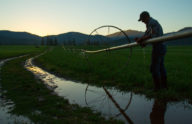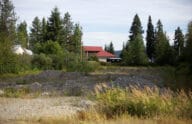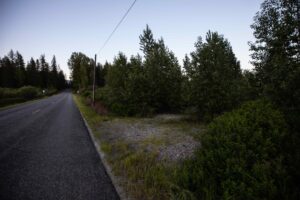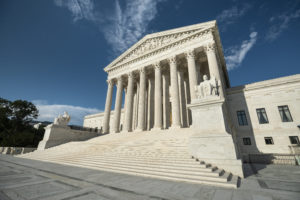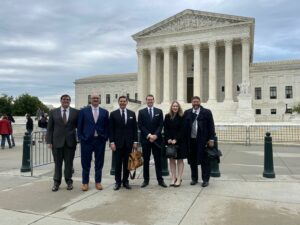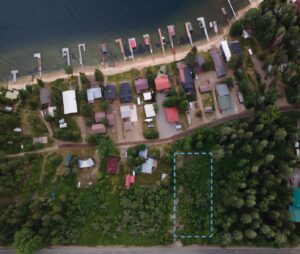The Hill: A decade in the life of defending an American family from the EPA
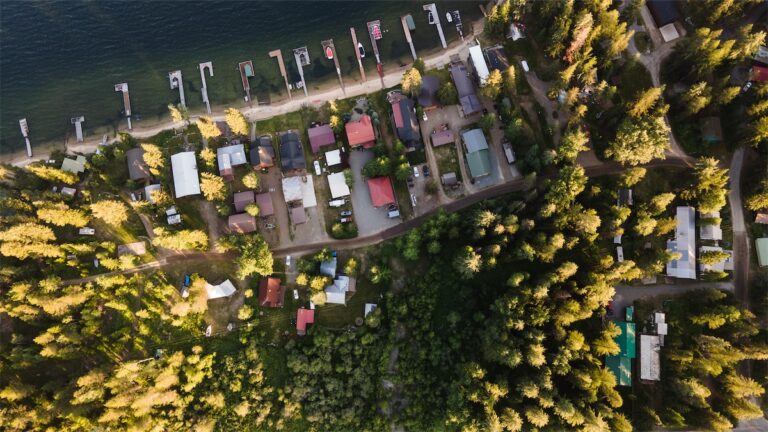
Later this morning, a team of lawyers from Pacific Legal Foundation (PLF) will assemble at the Supreme Court to argue on behalf of Mike and Chantell Sackett, for their right to build a house on a vacant lot in a built-out subdivision without first getting the permission of the U.S. Environmental Protection Agency (EPA). And then, the freedom of every American from government overreach will be in the court’s hands.
Today is PLF’s second time arguing the case to the Supreme Court. Behind that are several attorneys, clerks, paralegals, thousands of hours of research and legal writing, dozens of briefs, multiple hearings in the lower courts, and repeated efforts by the EPA to convince the federal courts to dismiss the case. Anything to avoid responsibility for their actions. But despite all that, here the Sacketts are — at the Supreme Court, of all places — for the second time in a decade.
For almost 16 years, the Sacketts have had to look at their empty lot in Northern Idaho, surrounded by other houses, knowing they won’t be able to build their house unless their lawyers can convince a federal judge (or five) that the EPA is not the local building department.
You might ask: What is the EPA doing telling ordinary Americans whether they can build a house? The agency claims that the Sacketts’ lot is a federally regulated “navigable water” under the Clean Water Act. That law protects our nation’s rivers and lakes from pollution. But the EPA has built its own land-use empire by subverting the Clean Water Act into a trap for unwary private landowners, who would be hard-pressed to grasp how building a house on a vacant lot amounts to water pollution of the lot.
So, when EPA told the Sacketts their two-thirds of an acre of dirt was a federal navigable waterway, they were skeptical. When EPA dug in and threatened to levy fines against them amounting to tens of thousands of dollars daily until they “restored” the lot to its pre-construction state, the Sacketts called PLF. To this day, the EPA insists it can regulate their lot because it is located 300 feet from Priest Lake. In the EPA’s view, being “in the neighborhood” is close enough for government work.
Since then, PLF has had the privilege of representing the Sacketts in federal court in Idaho, in the Ninth Circuit in San Francisco, and now for the second time in the Supreme Court, all to get at whether a federal bureaucracy can decide whether ordinary Americans are allowed to build houses — if the house happens to be 300 feet from a lake.
If your property has a low-lying spot with the right kind of dirt that grows the right kind of weeds, the EPA can claim control of it under their “navigable waters” pollution authority, even if the nearest bona fide boat-floating navigable water is 30 miles away. Even if you don’t do anything to that river or lake.
Today is the Sacketts’ last shot at convincing the federal judiciary to rein in the EPA’s crazy misinterpretation of “navigable waters.” But it is a good shot. The first time PLF argued the case to the Supreme Court, the justices unanimously agreed that the Sacketts had the right to challenge the EPA in court. Today, we are optimistic that a majority of the court will agree that when Congress limited EPA’s authority to navigable rivers and lakes, it meant it.
It has been the professional opportunity of a lifetime to represent two people who have been unwilling to back down — from the first day to this one — in the face of overwhelming government power. If you wake up a little freer in this great republic when the court’s decision comes down, please thank the Sacketts for having the courage to go the distance.
This op-ed was originally published at The Hill on October 3, 2022.


